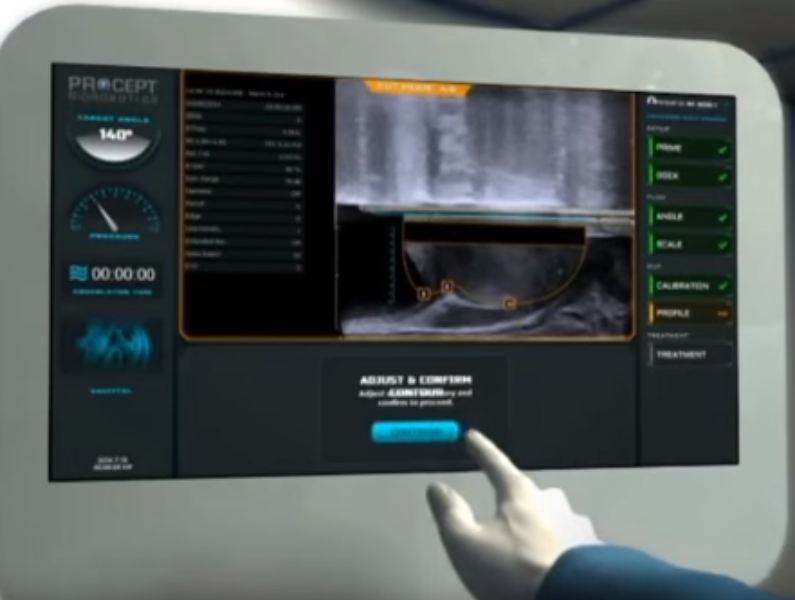Highlights from the Irish Society of Urology Annual Meeting 2018
The Irish Society of Urology annual meeting has a strong tradition of attracting world class guest speakers, and this year was no different. We were joined by Dr Kent T. Perry Jr. (Co-Director of the Minimally Invasive Surgery Program & Associated Professor at Northwestern University Chicago), Professor Hendrik Van Poppel (Adj. Secretary General of EAU for Education), Mr Jeremy Ockrim (Honorary Lecturer and Consultant Urologist at University College London), Mr Kieran O’Flynn (Immediate BAUS past president and Consultant Urologist at Salford Royal Foundation), and Dr Matthias Hofer (Assistant Professor at Dept. Urology, Northwestern University Chicago). The excellent programme of guest speakers started on Friday afternoon with Dr Matthias Hofer’s talk on urethral reconstruction-a ‘no frills’ overview of a complex topic which surely inspired several trainees in the room to consider a career in Reconstructive Urology.

The historic Strokestown House, Co. Roscommon
The Saturday formal dinner was held in the historic Strokestown House in Roscommon-the former home of the Packenham Mahon family, built on the site of a 16th Century castle, which was home to the O’Conor-Roe Gaelic Chieftains. It is now the site of the National Famine Museum. We were treated to a fascinating tour of the house on arrival, before enjoying a wonderful dinner, and some fantastic harp-playing. The presidential chain was conferred to the incoming president, Mr Paul Sweeney of The Mercy University Hospital in Cork, and the society are already looking ahead to exciting things during his tenure as president.
About the authors:
 Dr Clare O’Connell is a first year Urology SpR in the Department of Urology & Transplant in Beaumont Hospital, Dublin (@oconnellclare).
Dr Clare O’Connell is a first year Urology SpR in the Department of Urology & Transplant in Beaumont Hospital, Dublin (@oconnellclare).
 Dr Sorcha O’Meara is a second year Urology SHO in the Department of Urology in The Mater Misericordiae University Hospital, Dublin (@sorchaOm).
Dr Sorcha O’Meara is a second year Urology SHO in the Department of Urology in The Mater Misericordiae University Hospital, Dublin (@sorchaOm).



